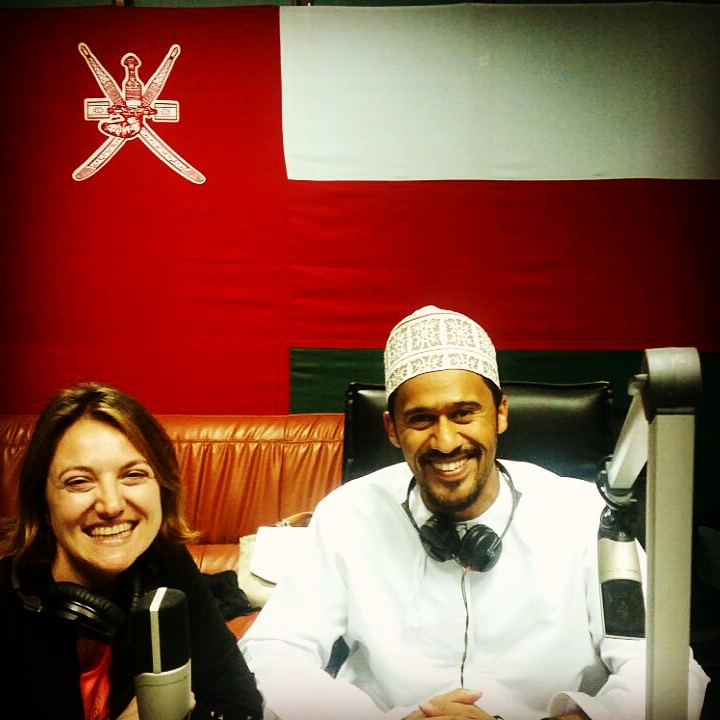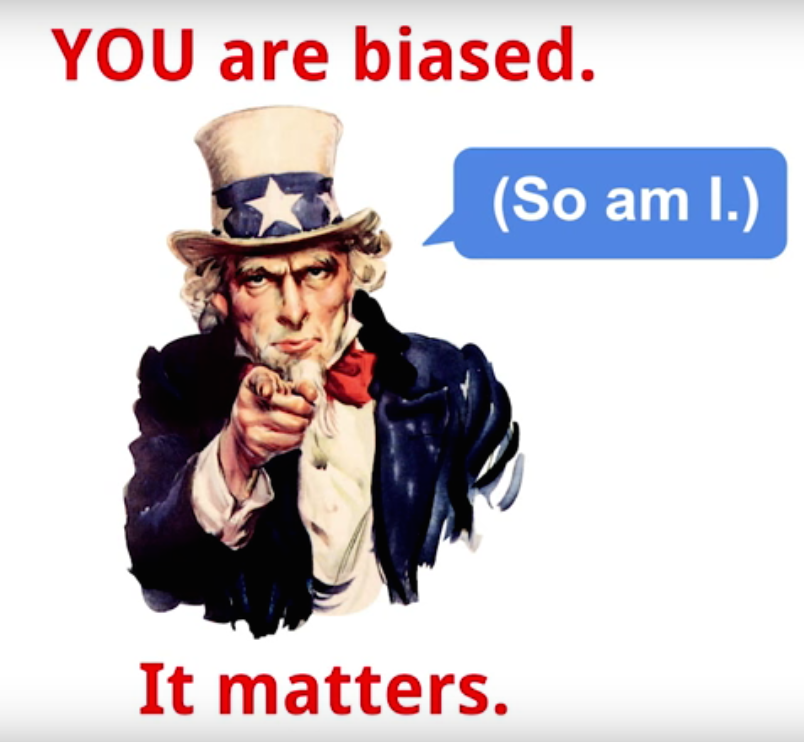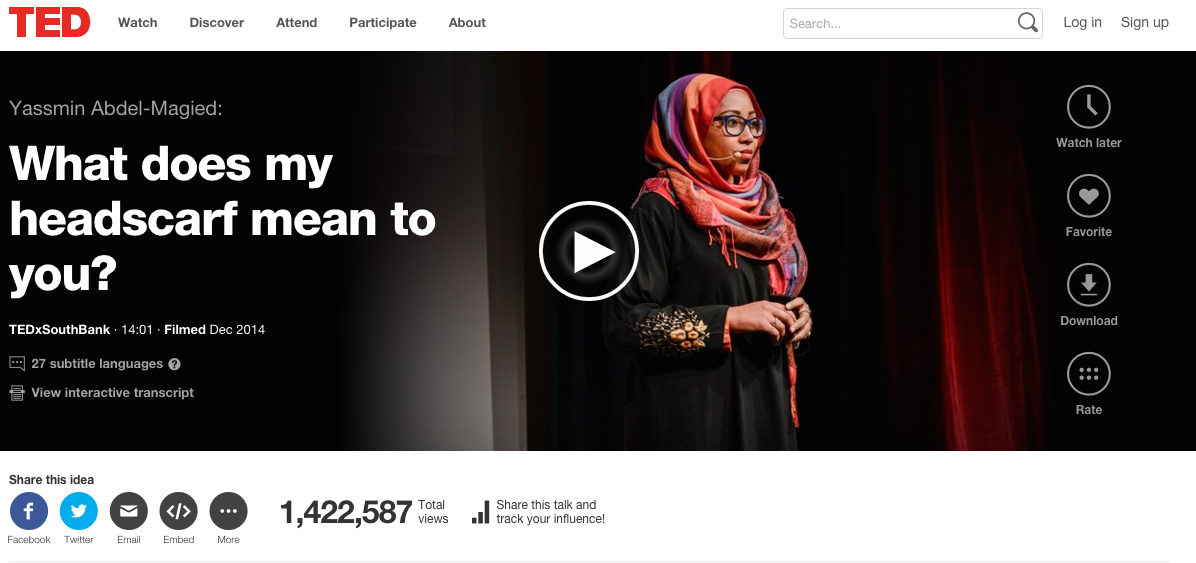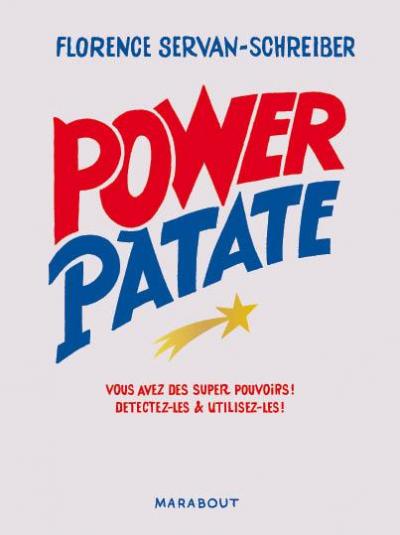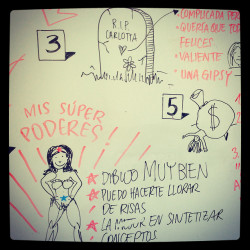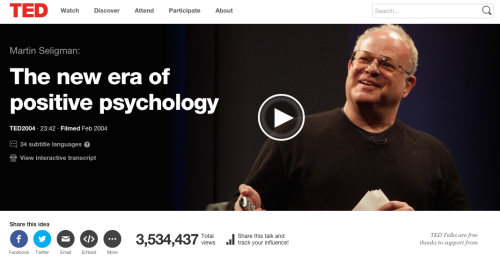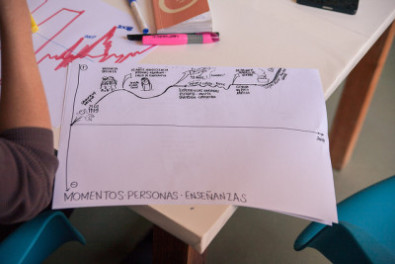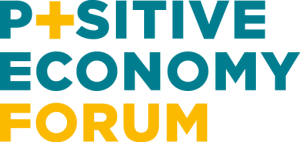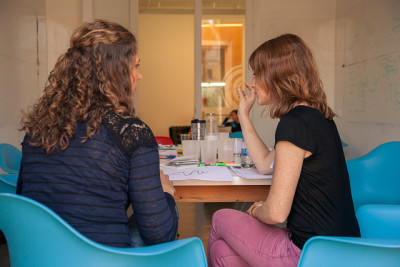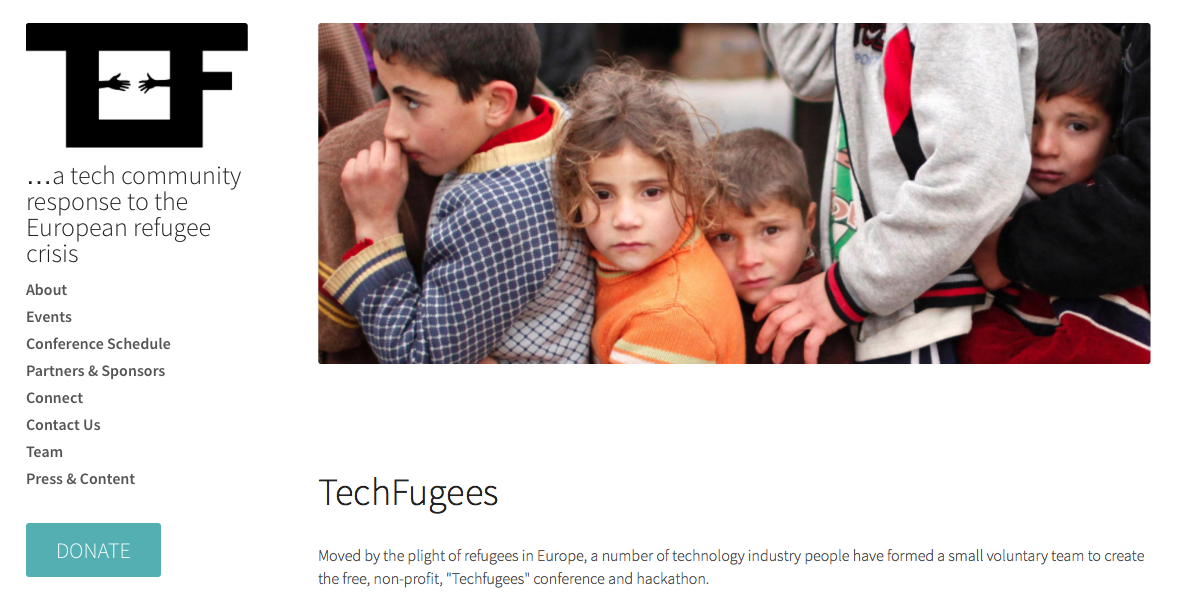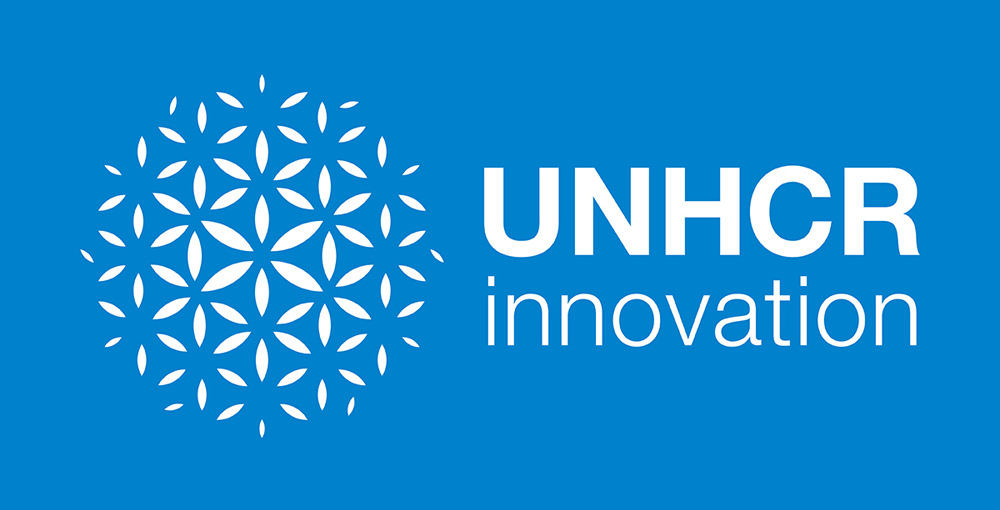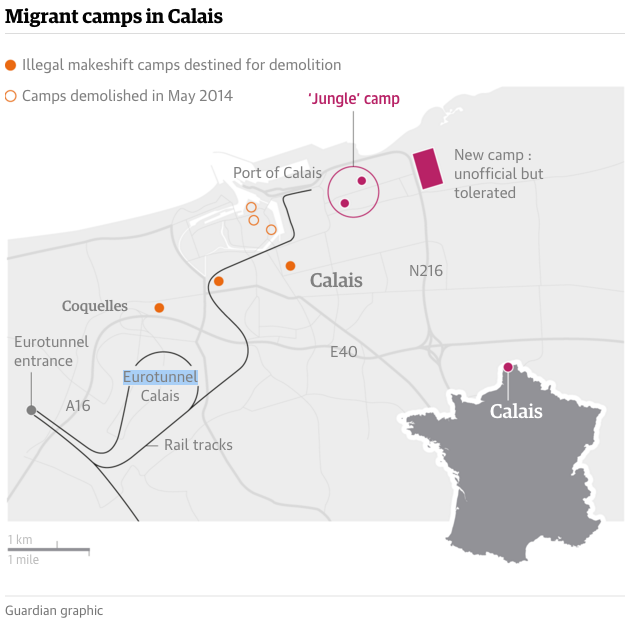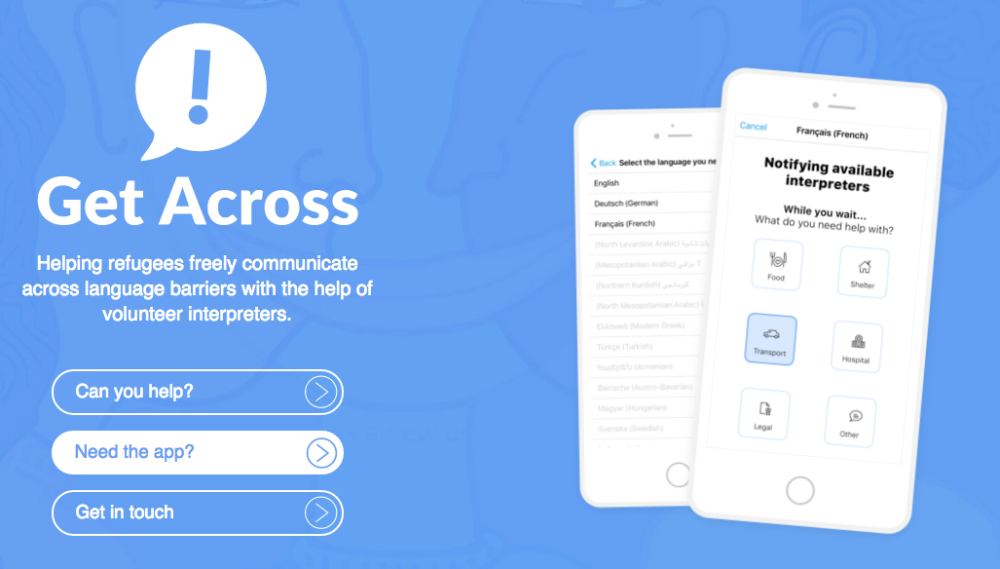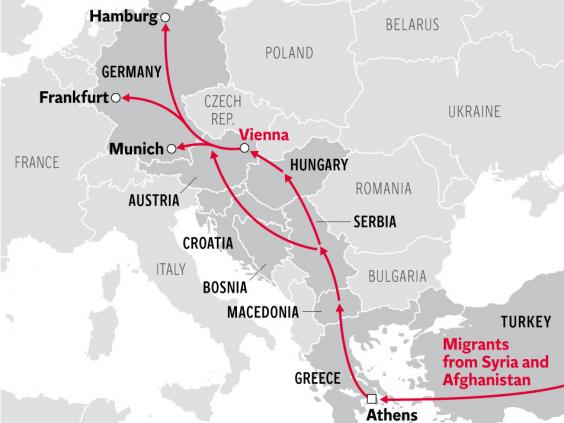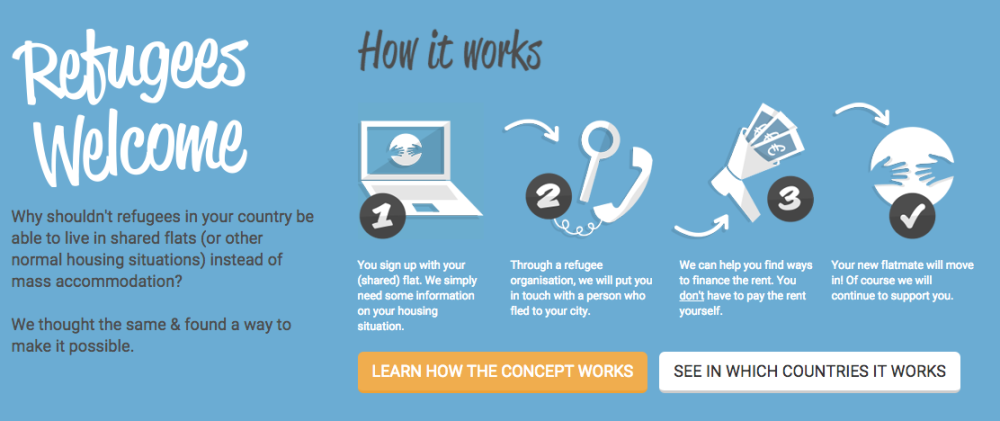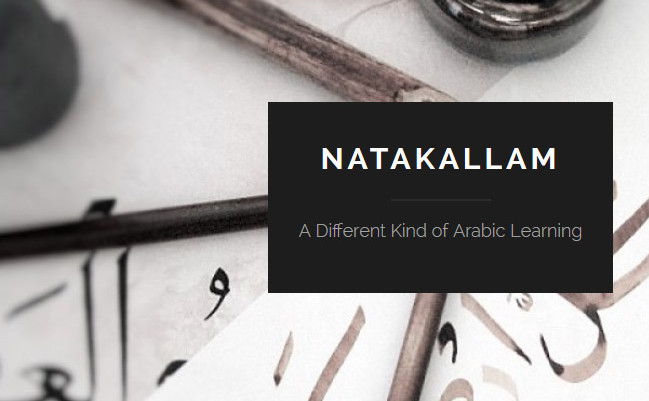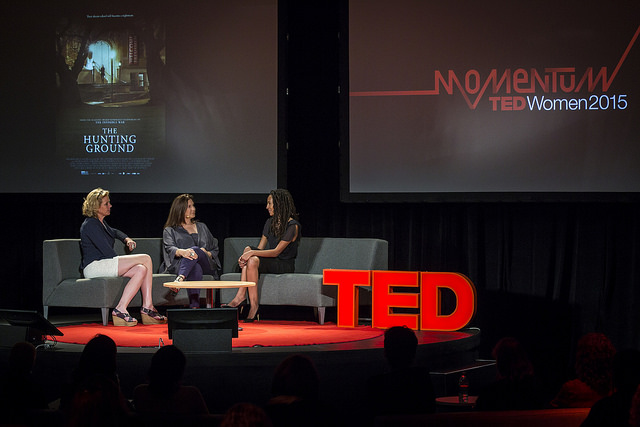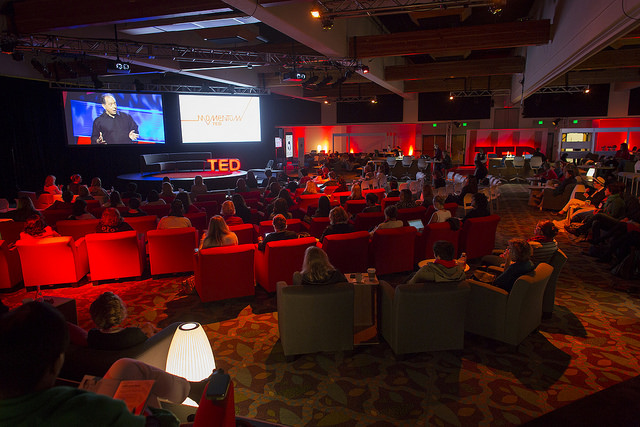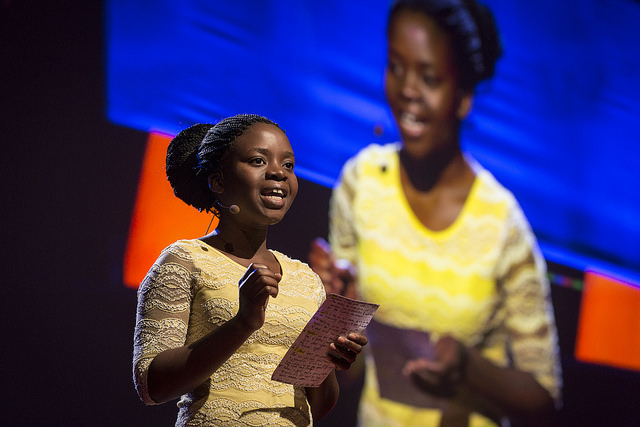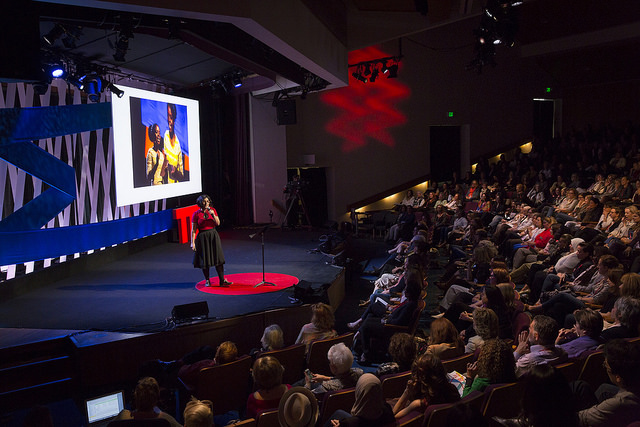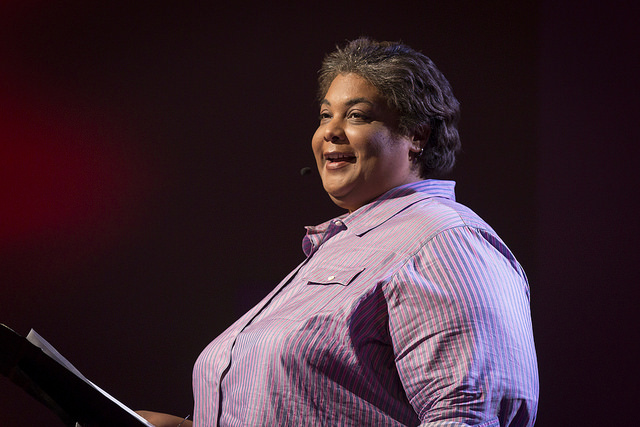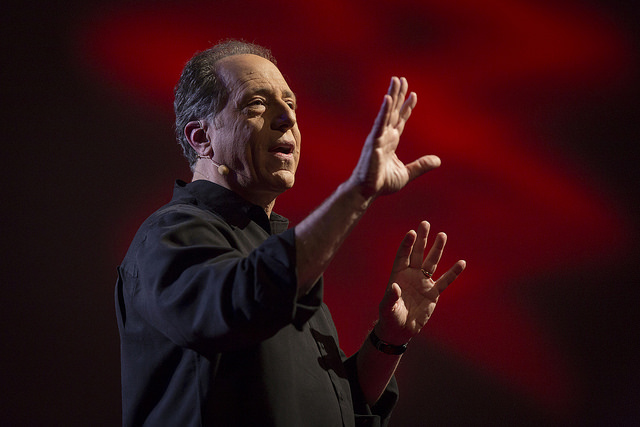In these times of trouble, I thought that the words of Bell Hooks were so powerful that they needed to be shared! So here are the summaries of two key books, The will to change and Feminism is for everybody.
Enjoy!
What is patriarchy?
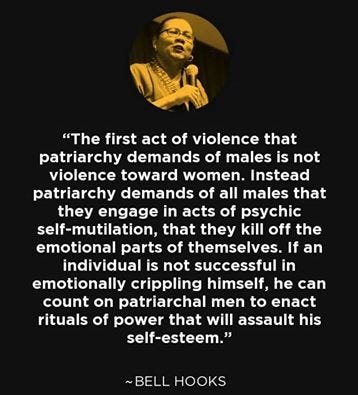
Patriarchy is a political-social system that insists that male are inherently dominating, superior to everything and everyone deemed weak, especially female, and endowed the right to dominate and rule over the weak, and to maintain dominance through various forms of psychological terrorism and violence.
Patriarchy rules most of the worlds’ religious, school and family systems. We learnt it from our family of origin, our mothers, reinforced in schools and religious institutions.
Patriarchy is the single most life-threatening social disease assaulting the male body and spirit in our world. But yet most men never think about its impact on their lives.
It is at the core of the interlocking political systems of imperialist white-supremacist capitalist patriarchy. It expects blind obedience, it represses all emotions except fear, it destroys the individual willpower.
Since masses of unemployed and working-class men do not feel powerful on their jobs within white supremacist patriarchy, they are encouraged to feel that the one place where they will have absolute power and authority is the home.

There is a collective denial about patriarchy thanks to silence. Keeping males and females from telling the truth about what happens in their families is a way of maintaining patriarchal rule.
What is patriarchal masculinity?
Patriarchal masculinity teaches males to be pathologically narcissistic, infantile and psychologically dependent on privileges. There is a constant need to reaffirm your manhood.
It teaches emotional stoicism; men are more manly if they do not feel.
Men don’t feel pain.
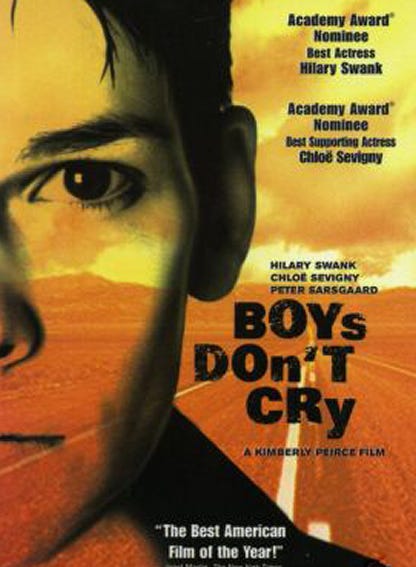
Disconnection is masculinity. Male dominance is connected with the shutting down of the emotions. There is an emotional exuberance from childhood, a connection and then a rupture happens, a disconnect. Culture influences parents to devalue the emotional development of boys. Sexism decrees emotional care and love is the task of women and men come home too tired to deliver emotional goods.
The workplace is also used to flee from self and emotional awareness into emotional numbness.
Patriarchal assault on the emotional life of boys begins at the moment of their birth. Every day, boys who express feelings are psychologically terrorized or beaten. Homophobia underlies the fear that allowing boys to feel will turn them gay. It can be considered as the normal traumatization of boys through shame. The way we turn boys into men is actually with injury. We cannot teach boys that real men do not feel and express feelings and then expect them to be comfortable being in touch with their feelings.
Patriarchal fathers cannot love their sons because the rules dictate that they stand in competition with them. If the sons don’t behave, they use the A-bomb of familial warfare: rejection.

Beyond physical violence, the spread of emotional abuse where an individual systematically diminishes and destroys the inner self of another and belittles him injures boys and girls deeply
Unable to cope with the loss of emotional connection, boys internalize the pain and mask it with indifference and rage. They decide not to put their faith in love but in being powerful and dominant. They idealize aloneness and disconnection.
As a consequence, men are supposed to hang out together but avoiding any meaningful conversations. They jeer, joke but do not share feelings. In most work settings, emotional engagement between workers is even deemed bad for business.
Mass media is used as a propaganda tool of self-hating, pornography of violence, creating images where killing sounds alluring and sexual exploitation of women a seductive reward.
We can observe sexist myth making in shows directed to children.

As the incredible Hulk who turns in an angry green monster when he feels intense emotions, he shows that the exertion of force is a viable response to all situation of crisis, he is a man on the run, unable to develop lasting bonds.
As television, children literature perpetuates patriarchal ideals. Even Harry Potter glorifies the use of violence. There are no books proposing an alternative masculine vision.
The movies for boys glorify war to recruit their hearts and imagination. The male domination of women is seen as a new form of entertainment (cf OJ Spimpson trial). Even gangsta rap celebrates male violence.
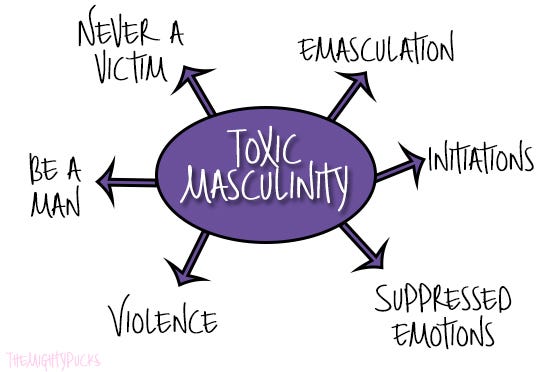
Patriarchal sexuality
There is a belief that if men are not sexually active, they will go crazy. A man deprived of sexual access will ultimately have sex with anybody. “He’s gotta have it.”
That is why rape is tolerated. And sexual abusers are still TV stars.
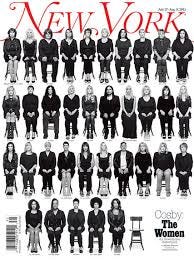
Homosexual predatory sex is the ultimate embodiment of the patriarchal ideal, the reenactment of dominator culture. Gay men share with straight men the same notions about acceptable masculinity.
Everybody talks about sex. We learn that there is always a passive and a dominant.
The right of the strong. Many college men see nothing wrong with forcing a woman sexually. The psychology of rape culture encourages us to see a penis as a weapon.
Female are portrayed as the enemy. Men are furious at women for doing what society has told them to: say no. Sex looks like revenge: for the power that women have to arouse men and give or withhold sex. And people become afraid of sex.
Patriarchal culture expects men to covertly cultivate lust but openly repress sexually. Sexual repression fuels the lust of boys and men. There is a link between the feeling of scarcity and the compulsive need for sex. Patriarchal men can do pornography anywhere all day long to solve the conflict between the lust men are supposed to feel all the time and the rage it cannot be satisfied. Patriarchy is not fulfilling its promise of endless sexual fulfilment. Pornography avoids awakening and rebellion.

One of the primary rewards for obedience to patriarchal thought is the right to dominate women sexually. Without these perks, masses of men would have rebelled against patriarchy. So patriarchal ideology brainwashes men to believe that their domination of women is beneficial to them.
Feminist rebellion exposed the fact that many women were not having satisfactory sexual relationships with men in patriarchal relationships. The absence of sexual foreplay, the male sexual coercion and the lack of concern for female pleasure were pervasive.
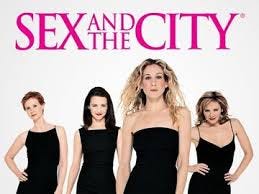
Yet, even sexual liberation can follow patriarchal principles. Cf. Sex in the city portraying women being as nonchalant about sex as patriarchal men. So sexually liberated woman have been seen as the ones who would be sexual with the least amount of fuss, i.e. asserting no demands, especially emotional ones. But to be truly liberated is to have sexual value and agency irrespective of whether or not we are objects of male desire.
The role of women
Women in patriarchal culture are trained to cover up and hide male abuse. Patriarchal violence inside the home is based on the belief that it is acceptable for a more powerful individual to control others through various forms of coercive force. Lots of women believe that a person in authority has the right to use force to maintain authority.
We all collide with patriarchal culture: we make men feel they can have it all, embrace patriarchal manhood and still hold our loved ones dear. Women and men support equally the system even if men receive more rewards from the system.
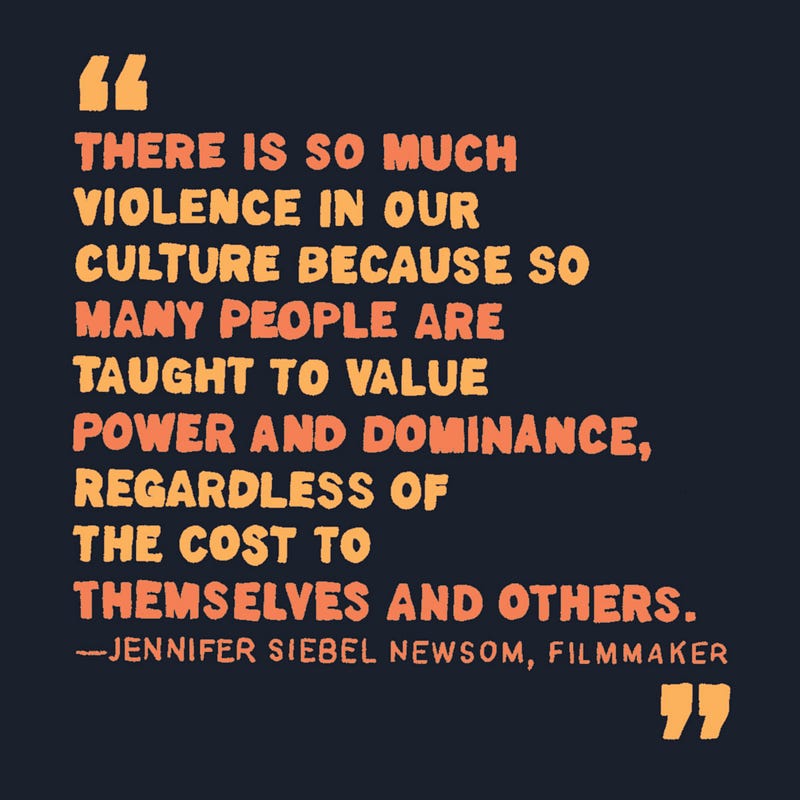
Women can be as wedded to patriarchal thinking and action as men. The perpetuation of sexism is not to be blamed on men only for many women long to be dominators too.
Women feel powerless towards grown men and exert power over boys. In patriarchal culture, women are as violent as men toward the group they have power over (children or weaker female). Many boys feel anger and rage that their mothers did not protect them which ends up into rage against this autocratic power and hate of the female. Some mothers ensure at all cost that their children behave perfectly to not arouse father’s justified rage. Patriarchy asks mothers to sacrifice their sons. The fear of intimacy from men is the fear of subjugation from the souvenir of vulnerability to mother’s will. Mothers learn to silence the wild spirit in their sons.
Male’s misery in patriarchal world
Patriarchy demands of men that they become and remain emotional cripples.
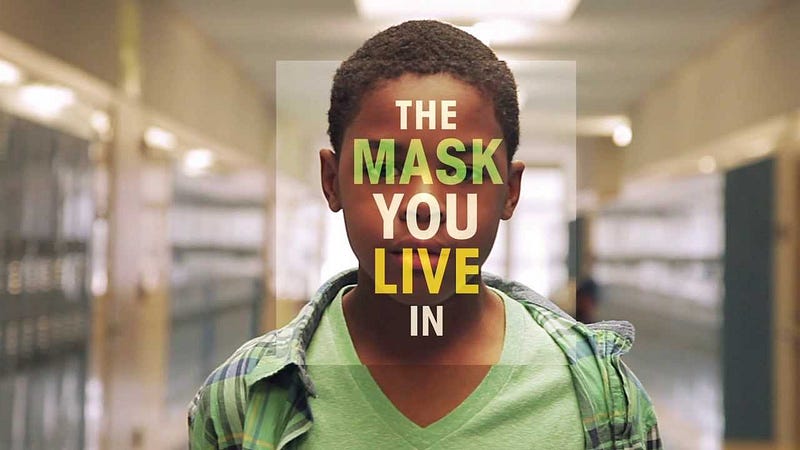
In patriarchal culture, men cannot speak their pain. They shall constantly wear a mask, live a lie, pretend. And they feel rage to act out a lie.
Men are hurting but nobody wants to know about it. We don’t want to shatter the image of the strong man. They live their deep inner misery on their own.
More kids are emotionally abandoned than directly attacked: neglect leads to emotional numbing. Shutting down emotionally becomes the best defence.
Violence is your ticket in the patriarchal manhood contest but it supposes losing substantive quality of life.
When culture is based on dominator model, not only will it be violent but it will frame all relationships as power struggles.
90% of violent crimes are committed by men. Violent domination and abuse of women is NOT privilege. Patriarchal violence is a pathology, a mental illness.
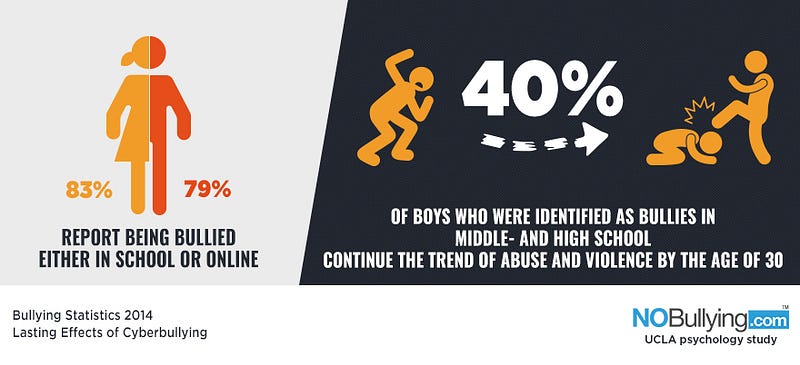
Patriarchal culture assumes men shall be willing to sacrifice the emotional bond to get the job done. Depression about the nature of work leads men to act violently in their domestic lives, to wield absolute power on the wife at home.
Patriarchal culture does not care if men are happy or not. The only emotion patriarchy values in men is anger. Real men get mad. Which is perfect to conceal pain or anguish of spirit.
No male successfully measures up to patriarchal standards without engaging in an outgoing practice of self-betrayal.
Patriarchy promotes insanity. It is at the roots of the psychological ills of men. It damages men. If it was so rewarding, why would there be so much violence and addiction? Why this overwhelming dissatisfaction?
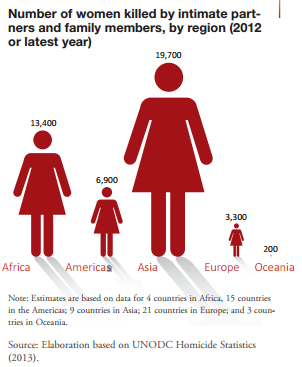
We think it’s a mystery that boys are so violent. It is emotionally damaging to young males to be isolated without emotional care.
All over the world, terrorist organizations use isolation to break people’s spirits.
Anger is the hidden place for fear and pain. It is an attempt to push away what is most longed for: companionship and understanding.
Anger is the agony of believing that you are not capable of being understood, that you are not worthy of being understood.
Violent boys from affluent homes are often as emotionally alienated as their ghetto counterparts.
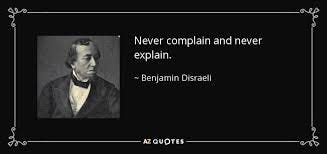
Where to turn to seek change?
There is no place to grief. No place to talk about the empty longing. So men learn to cover up with anger and indifference.
Patriarchy creates the rage and contains it for later use, to further imperialism, hatred and oppression of men and women globally or fight wars without even demanding that other ways of solving be found.
In the reality, most men find it difficult to be patriarchs. But they fear letting go of the benefits.
So they passively support the status quo.
Cultures of domination attack self-esteem.
It makes you think your sense of being is linked to your dominion over another.
Ours is a culture that does not love children, treat them as parents’ property.
Adult violence against children is a norm, would it be verbal, emotional or sexual.
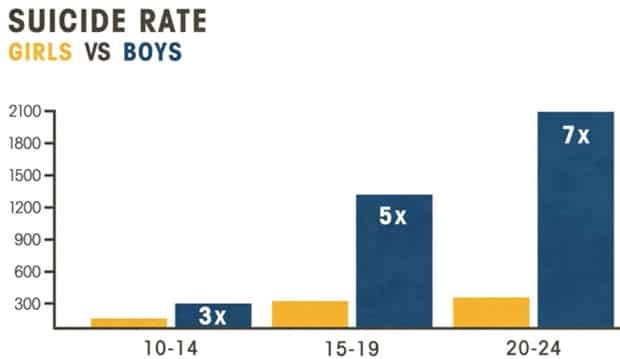
And men deeply fear being unlovable. So they crave for sex to fill the void.
“The more intense the pain of fear, unworthiness and feeling unlovable becomes, the more obsessed becomes the need to have a sexual interaction.”
Male despair is actually a far greater threat to patriarchal order than feminist movement.
Love and fear cannot coexist
Women and children all over the world live in fear. Fear of punishment, of power over.
Lots of women fear men. And fear can actually lay the foundation for contempt and hatred. The fear of patriarchal maleness binds everyone.
Women and children do not feel loved when they are abused. Maleness is feared and men think it is better to be feared than to be loved.
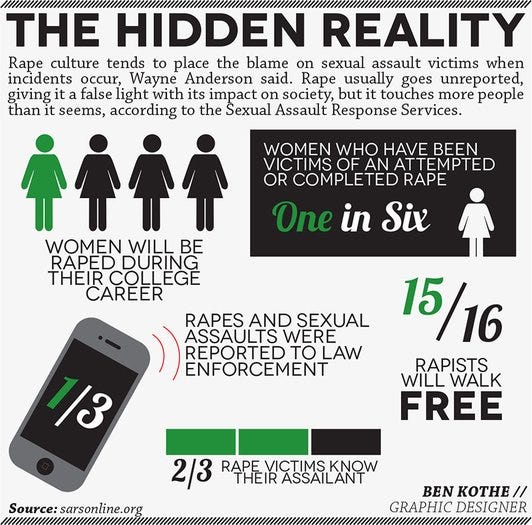
This fear estranges women from their lives and they feel the loss.
Romantic love as seen in patriarchal society makes one powerless and out of control.
One could do anything in the name of love, even kill. It is about possession, domination and submission.
It is a lie to believe that love and domination can coexist.
Women and children suffer from the lack of satisfying relationships
We live in a culture where emotionally starved, deprived females are desperately seeking male love.
But we do not dare speak it for fear of shame or mockery.
Each night millions of kids go to sleep starving from attention from their dads.
No wonder that these girls and boys grow up angry that they have been denied the love they need to feel whole, accepted, worthy. The deep longing for father love not spoken about.
That quest is rarely satisfied.
Rage, grief, disappointment lead women and men to close off.
They learn to settle for whatever positive attention men are able to give.
All over the world, women live with men in states of lovelessness.
Women seek love from men who cannot give what they did not have.
Everyone who tries to create love with an emotionally unaware partner suffers.
A society that actively, financially, politically, socially, privileges traits it deems ‘masculine’ — nonemotionality, strength, independence — and actively disparages traits it deems ‘feminine’ — interdependence, nurturance — has few ways for these patterns to be openly loved, addressed, and changed.
Patriarchal culture normalizes an avoidant attachment style and stigmatizes an anxious attachment style, wherever it appears.
Women seeking intimacy with men see the expression of their longing are often belittled.
Many men respond to women wanting emotional connection with emotional withdrawal and, in worse case scenarios, abuse.
But if only one part in the relationships is working to create love, the dominator model remains in place and the relationship is a continuous power struggle.
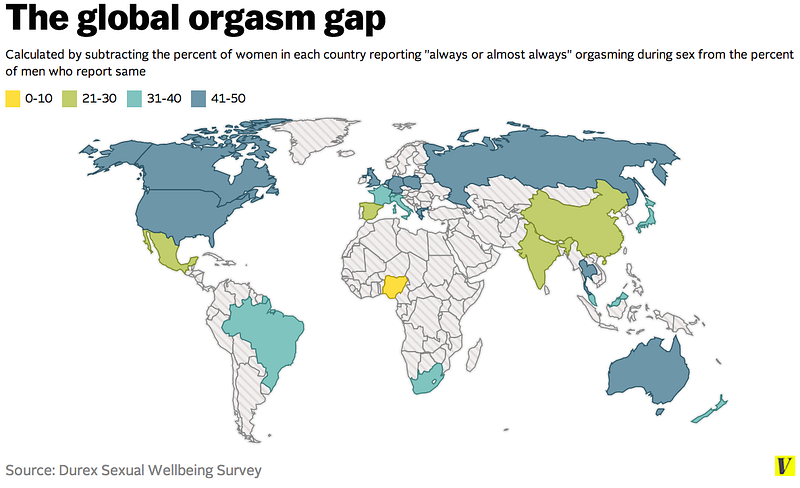
Most men and women are not even having satisfying and fulfilling sex.
Sexist logic convinces men that they can have a connection without commitment.
Sometimes women are experiencing a crisis of faith, about the capacity of men to make constructive change, to achieve emotional maturity, to grow up.
Many women say they have not yet found the love they are looking for.
Women have believed they could save men by giving them love, as a cure for all the wounds inflicted by toxic assaults on their emotional systems but we cannot do for men what they must do for themselves. Our love helps but ultimately boys and men save themselves when they learn the art of loving.
Men are longing for love.
Any time a single man dares to transgress patriarchal boundaries in order to love, the lives of women, men and children are fundamentally changed for the better.
We are bombarded by news about male violence, but we hear no news about men and love.
In a non patriarchal culture, males do not have to prove their value and worth. Just being gives them the value, the right to be cherished and loved.
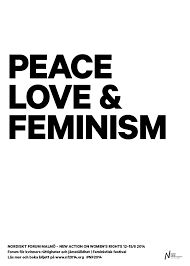
Feminism as the solution
We need feminist blueprints of the future vision.
Dream of replacing the culture of domination by a world of social democracy, without discrimination, where recognition of interdependency is the dominant ethos, a global ecological vision of how the planet can survive and how anyone can have access to peace and well being. Imagine living in a world where there is no domination. Where we can all be who we are a vision of peace and possibility.
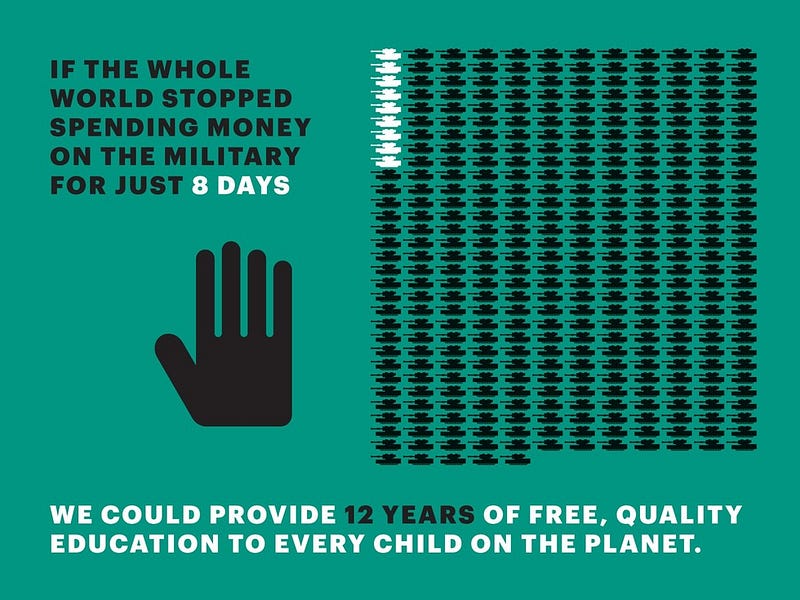
Ending patriarchy is actually a way to liberate men.
Feminist politics aims to end domination to free us to be who we are. To live lives of justice and peace. From power over to power with.
No man who does not actively choose to work to change and challenge patriarchy escapes its impact. Men need feminist thinking for their spiritual evolution.
It is urgent that men take up the banner of feminism and challenge patriarchy.

The safety and continuation of life on the planet requires the feminist conversion of men.
Ending violence means ending the culture of domination. We need to replace the dominator model by a partnership model that sees interbeing and interdependency as the organic relationship of all living beings.
Men need to hear that their souls matter and that the care of their souls is the primary task of their being.
Men can heal their spirit by developing relational skills (cf.Dalai Lama, Thich Nhat Han).
Any man who chooses the way of compassion heals the spirit and moves away from the domination.
We cannot journey far if men are left behind. We need them beside us because we love them.
What is feminist masculinity?
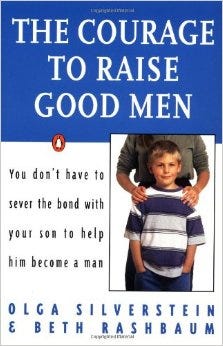
We need a vision of masculinity where self-esteem and self-love are at the base of identity.
The image of loving fatherhood embodies feminist masculinity in its most divine form.
Integrity, self-love, emotional awareness, assertiveness, relational skill, including the capacity to be empathetic, autonomous and connected.
Olga Silverstein: “What the world needs now is a different kind of man.”
A liberated man, empathetic and strong, responsible to self, to family, friends, society and capable of understanding.
In the partnership model, male identity is centred on essential goodness
A new culture supposing that males are inherently born to connect and not to aggress.
No power over.
Sustaining good relationship with others requires a good relationship to ourselves. Healthy self esteem, an inner sense of worth, neither “better than” grandiosity nor “less than” shame.
There’s a work to reunite the severed parts before being able to give more emotionally.
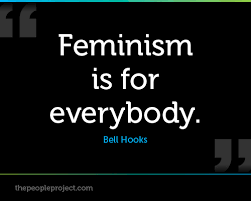
So what can we do about it?
CONSCIOUSNESS RAISING
Mass based feminist education for critical consciousness is needed. We need a body of visionary feminist books written in accessible language. or shared through oral communication.
We need feminist politics on billboards, ads in magazines, bus, metro, TV commercials,
We need books, songs, radio and a feminist television network to spread feminist thinking globally.
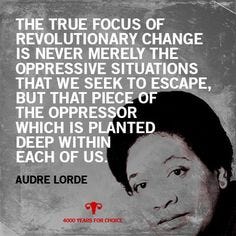
SELF DEVELOPMENT
We need more self development for men. Men need consciousness raising, support groups, therapy, education. Teach men to reconnect with their feelings, reclaim the lost boy within nurture the soul, his spiritual growth.
Sexist thinking makes us judge each other without compassion and punish one another harshly. Feminist thinking help us unlearn self-hatred.
Imagine a non patriarchal culture where counselling were available to all men.
The answer to all of these difficulties is to openly discuss nurturance: how it looks, how it feels, how men can learn to practice it from the men who already know how in addition to communicating through women or fumbling around for years learning by trial and error.
Why is there no high-profile institute for men teaching nurturance skills to men?

Men need to do this work with other men — not alone, not instead of doing it with women, but in addition, in accountable relationship with and to women. In other words, keep learning in the ways learning is happening now — but then share that learning with one another.
The process of recovery includes finding a new sexuality. Because sex will not fill the enormous need for love.
NEW ROLE MODELS
Many men retired from work find that aging allows them to break free from patriarchy.
We need to listen to their voices. They have time to develop their emotional selves.
Men need new models of self-assertion that do not require the hate of another, the feminine or any other. Many models of men with integrity, men who are whole.
We need to divorce masculinity from the domination model, to define maleness as a state of being rather than a performance. Our work of love is to reclaim masculinity.
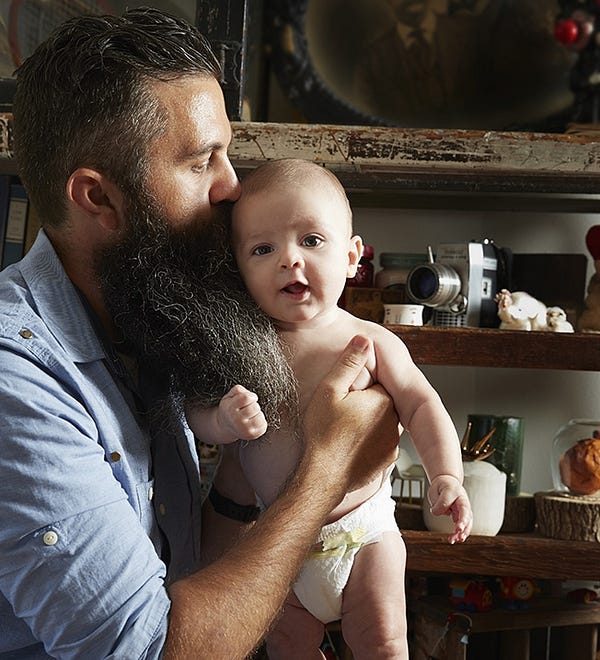
PARENTING
We need to learn to parent in non violent way. Feminist father is a guide who protects, shelters and nurtures the son. Caring fathers with bold strength and integrity shall protect son’s hearts from patriarchy’ assaults.
Equal parenting role transforms men, especially when parenting daughters and facing for the first time the sexism of the society. If men participated more in child rearing, they would learn to care for the needs of others.
Tolove again: the heart of feminism
Feminism makes it possible for men and women to know love.
A genuine feminist politics brings us from bondage to freedom, from lovelessness to loving.
Mutual partnership is the foundation of love. We need to teach men how to love themselves and others.
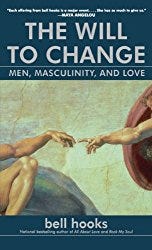
Boys need healthy self-esteem. They need love. And a wise loving feminist politics is the foundation for it.
If we want to know love, we have to yearn for feminism.
Love acts to transform domination. In a vision of relationship where everyone’s needs are respected, where everyone has rights and does not fear abuse or coercion.
Liberation from any form of domination or oppression is a spiritual quest. We are one.
To choose feminist politics is a choice to love.

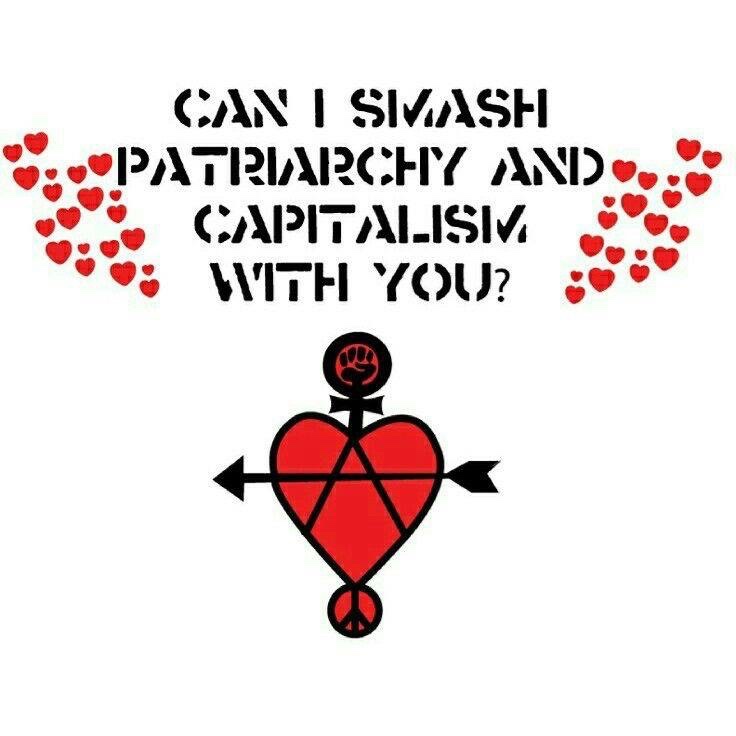
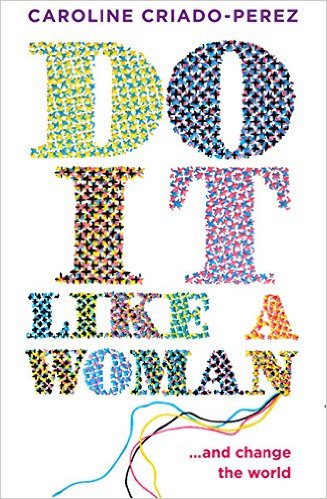


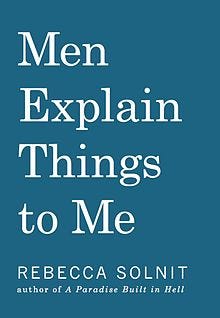
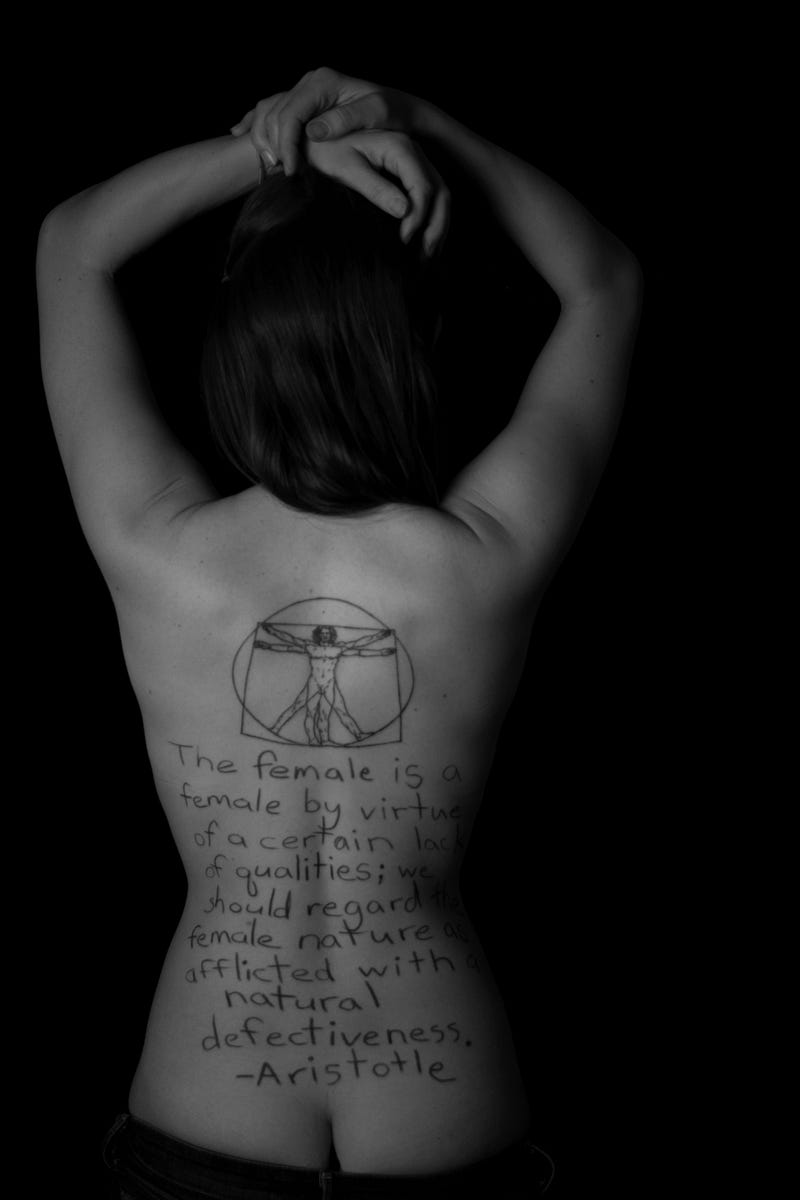
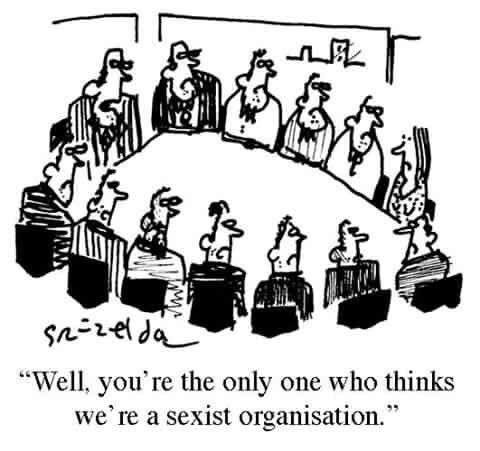
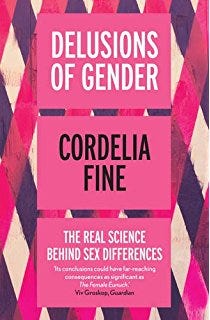

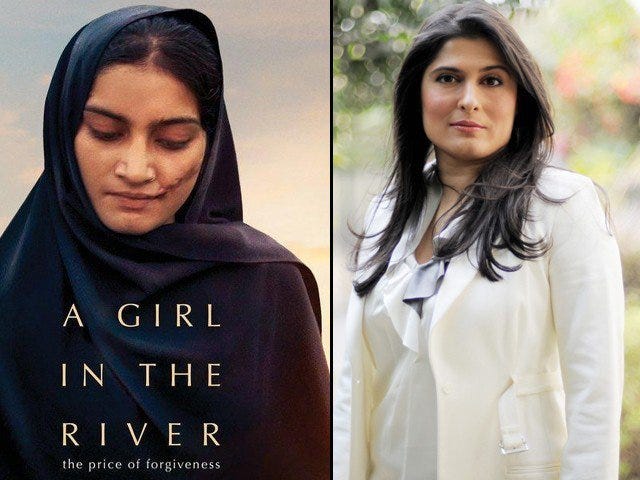
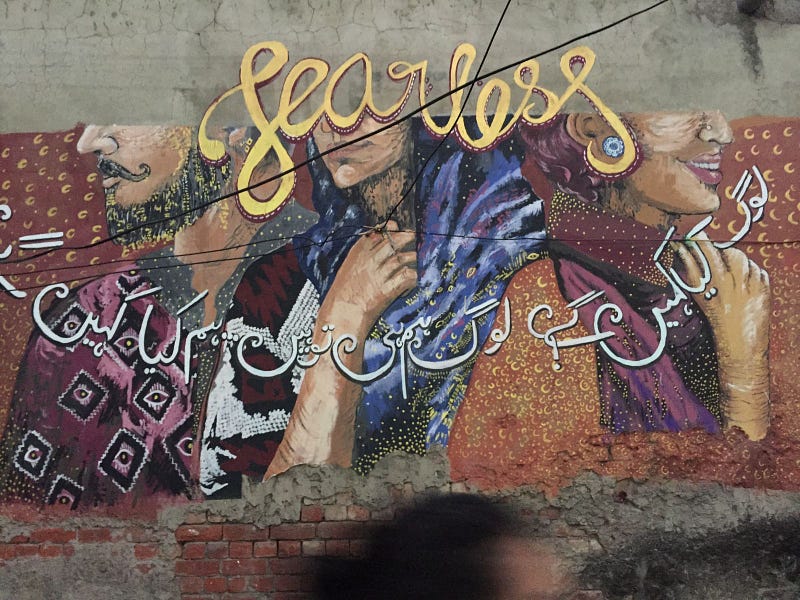
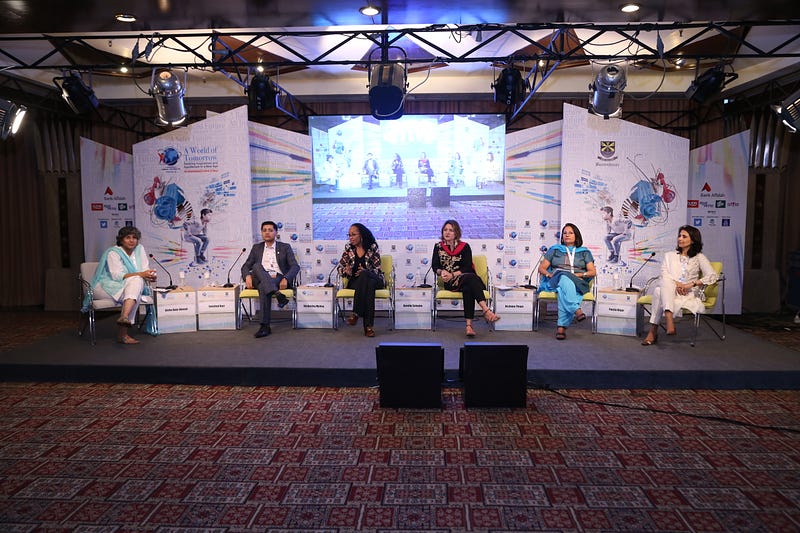
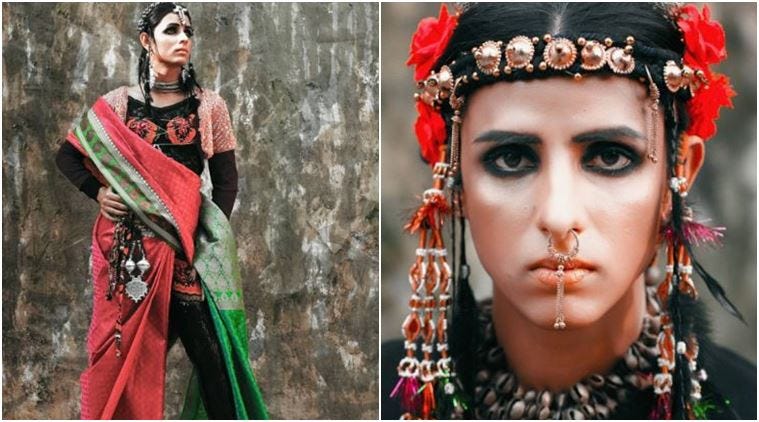
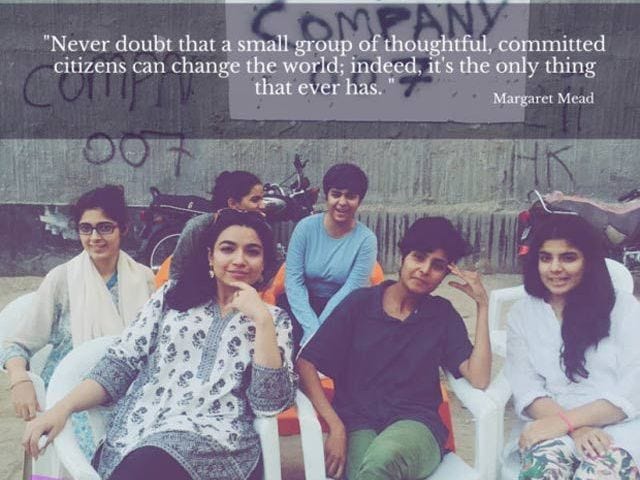
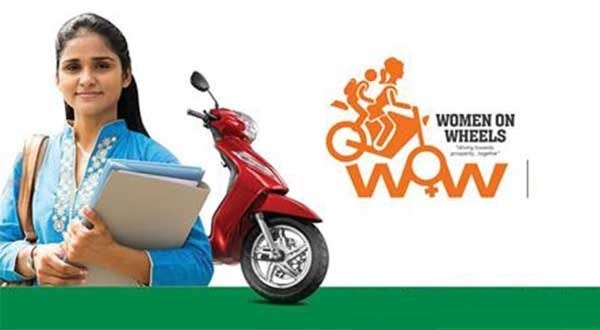
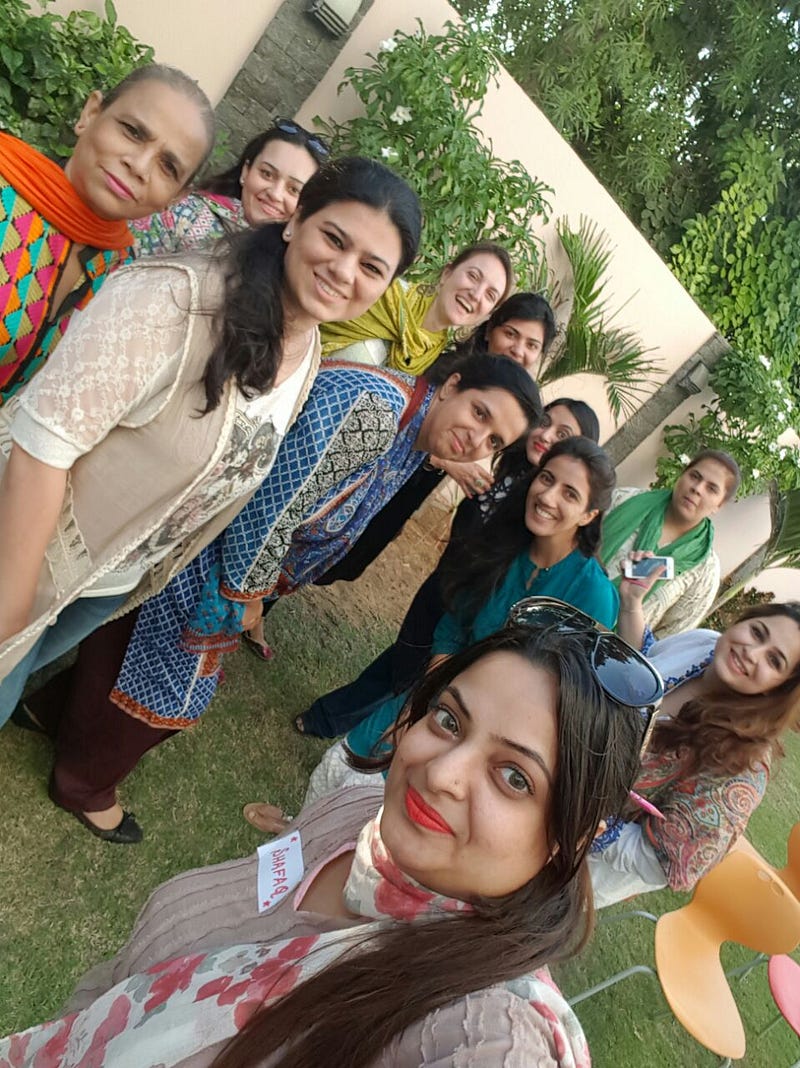
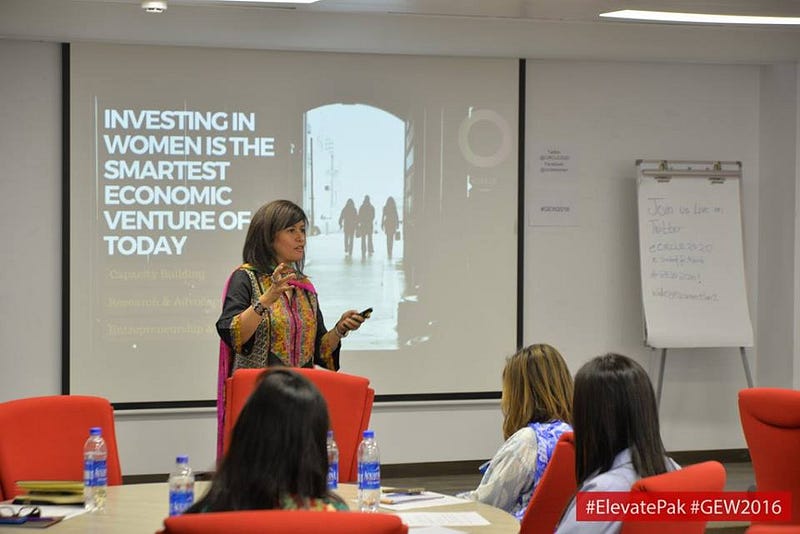
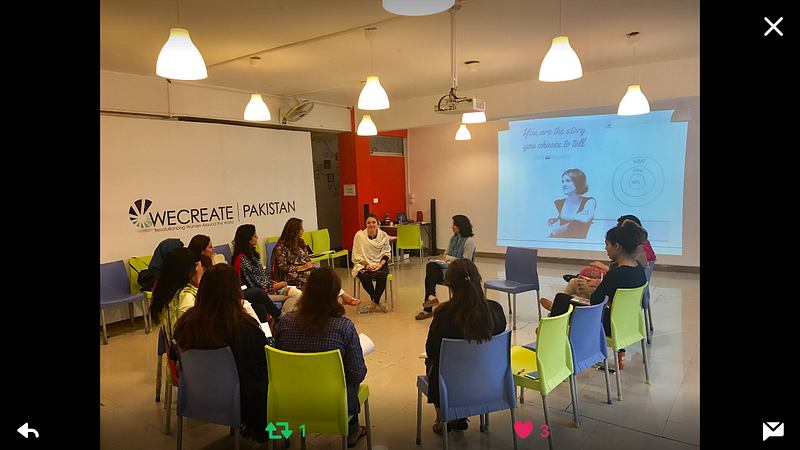
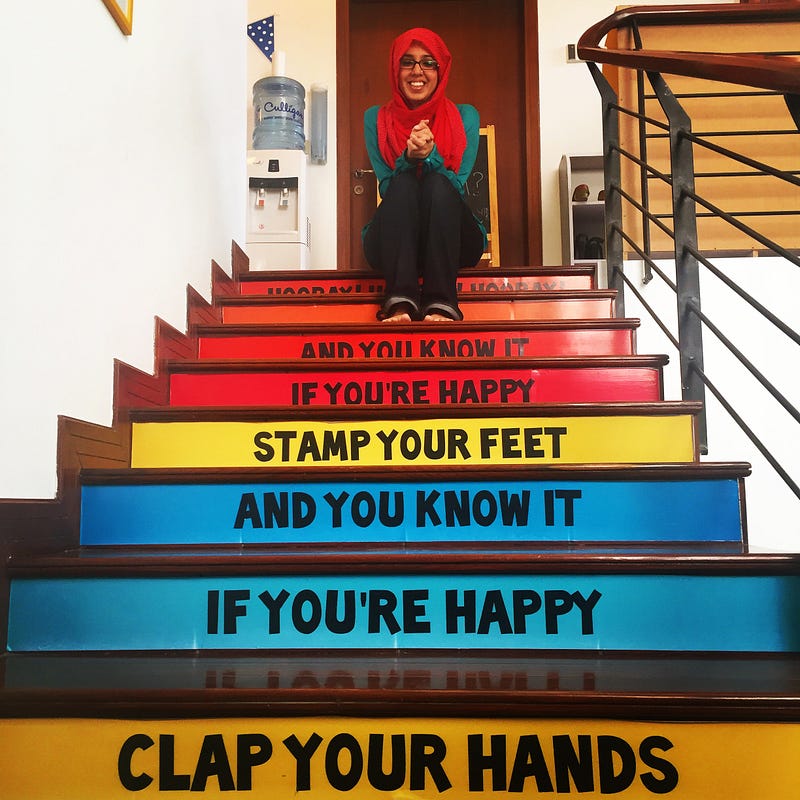
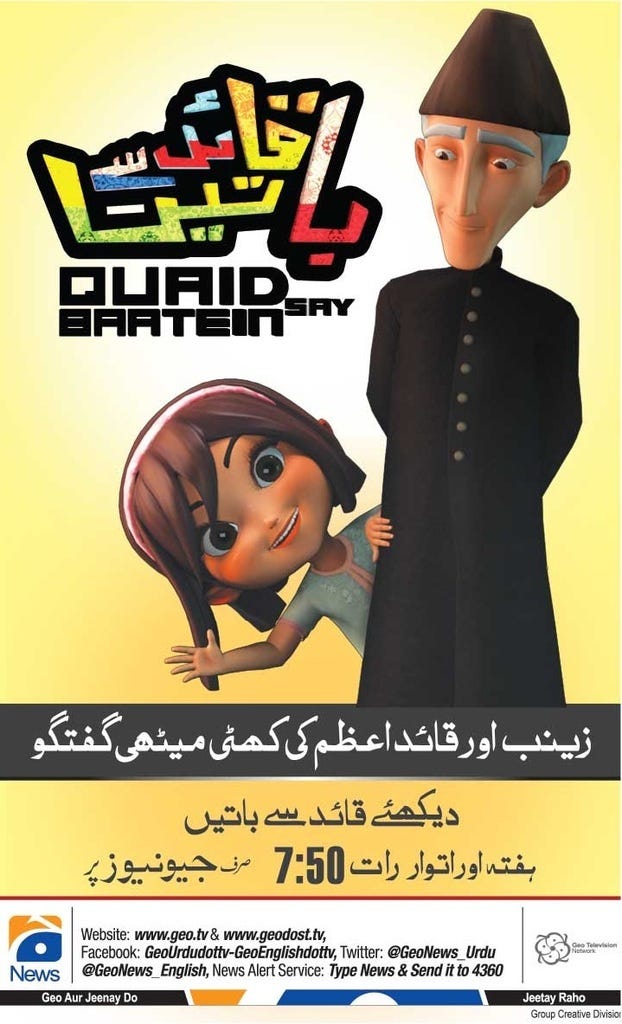
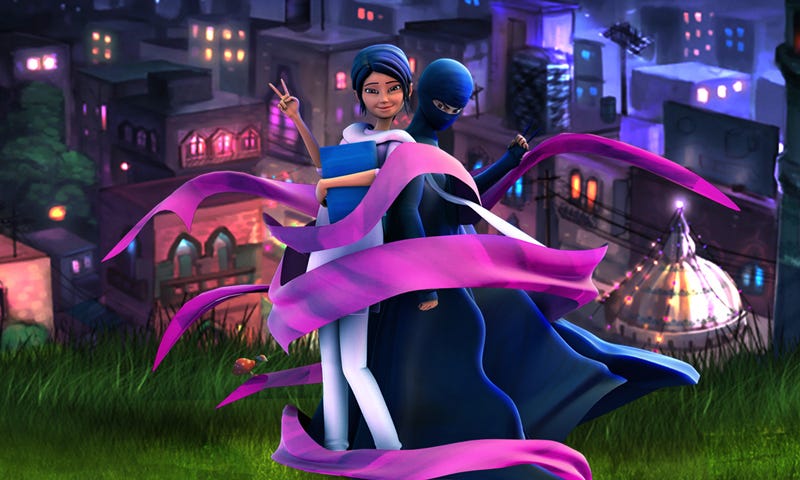

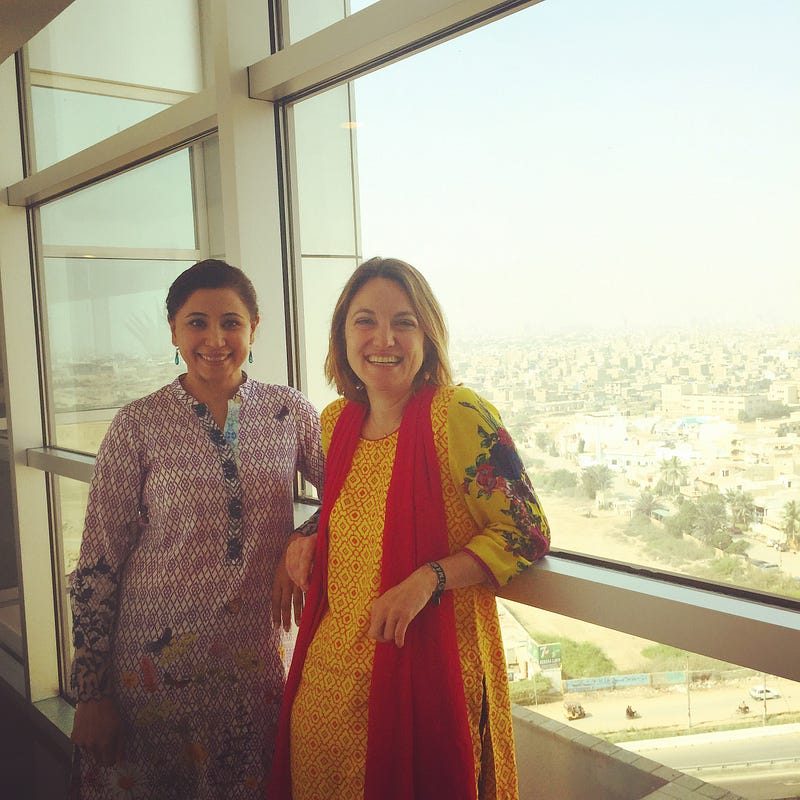
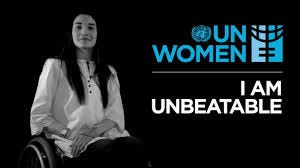
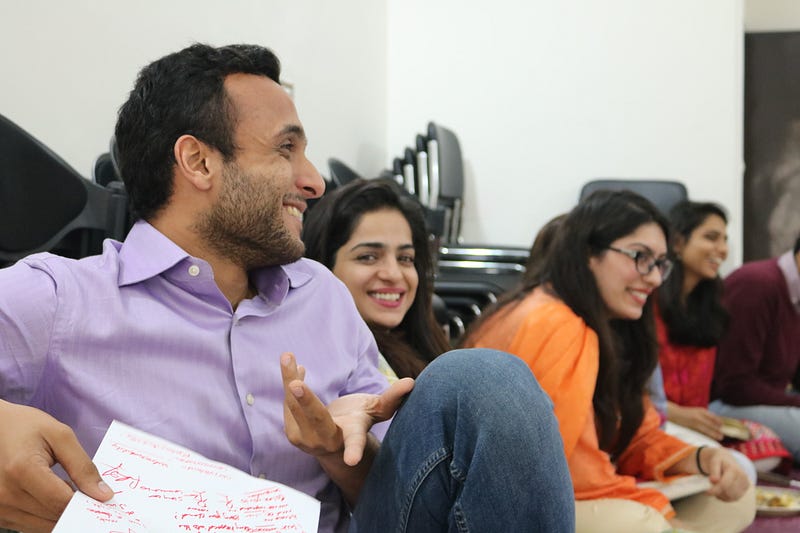
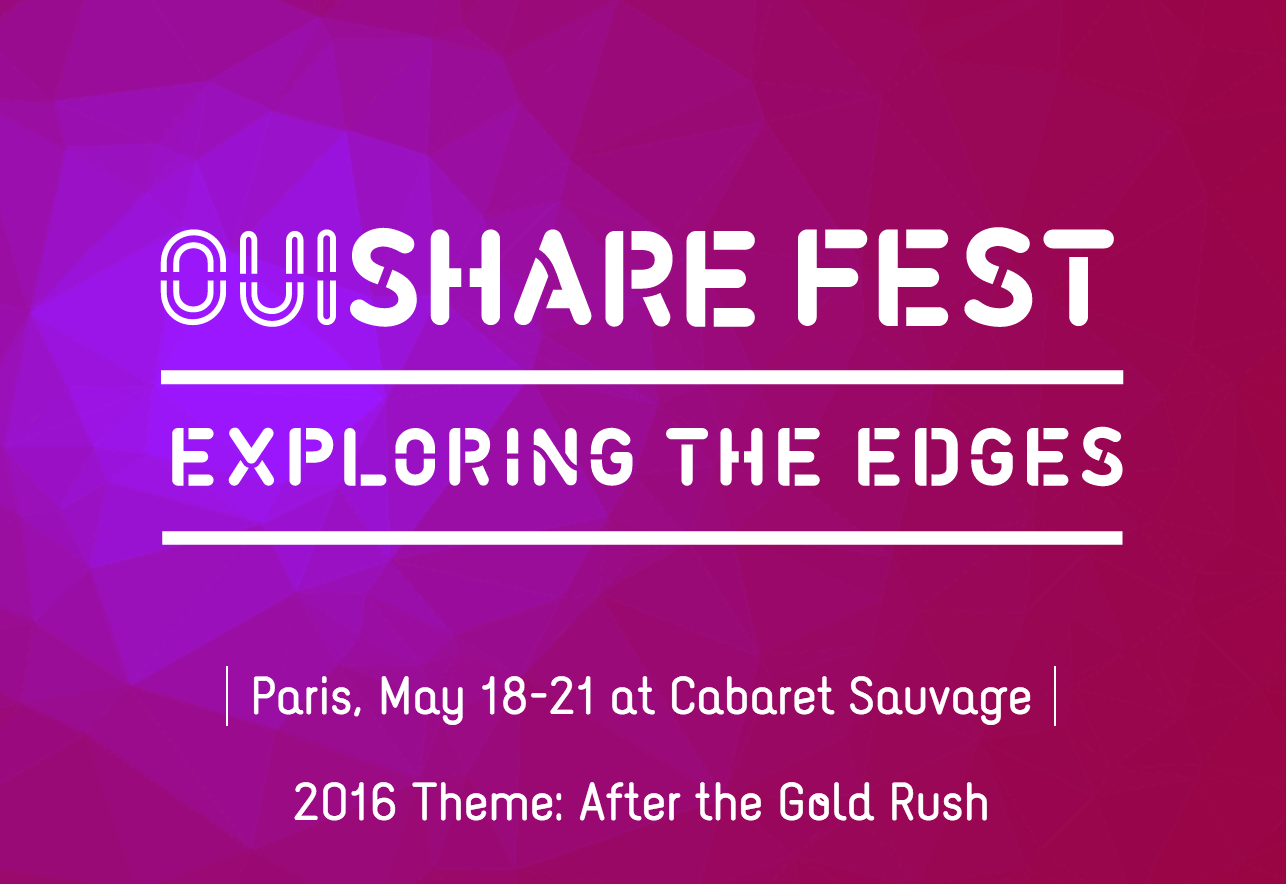





 And to get there, we need to hack ourselves and eliminate the old patterns.
And to get there, we need to hack ourselves and eliminate the old patterns.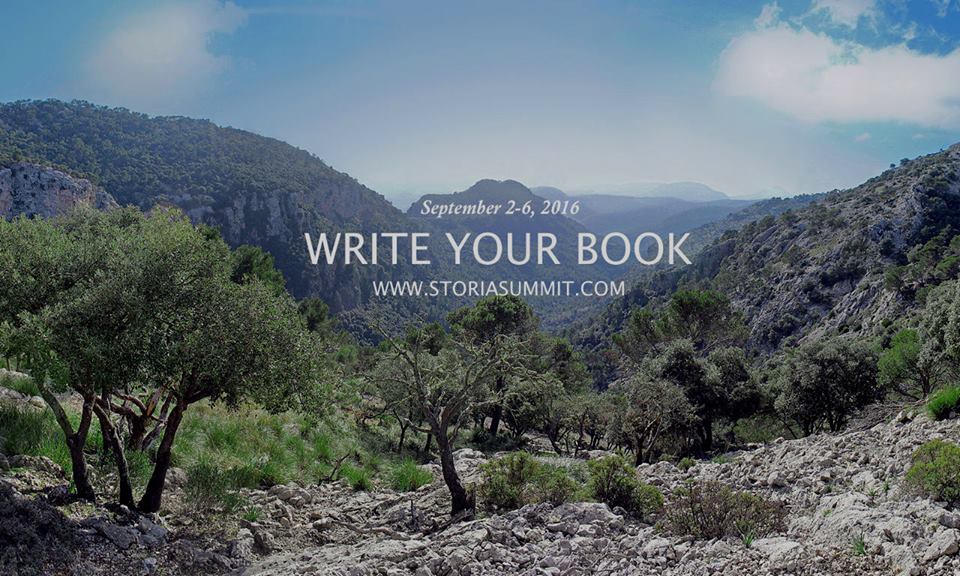

 rt higher education for Syrian students.
rt higher education for Syrian students.

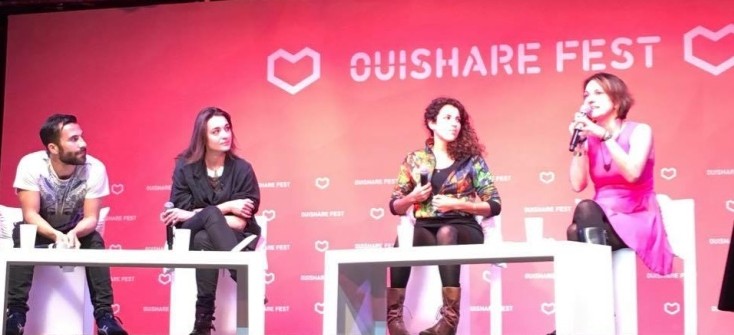 But in many militant movements, gender is put aside. It’s not the issue. The issue is the new world. With the risk to build a new world based on the old patterns.
But in many militant movements, gender is put aside. It’s not the issue. The issue is the new world. With the risk to build a new world based on the old patterns.
 We mentioned the festival culture of events such as
We mentioned the festival culture of events such as 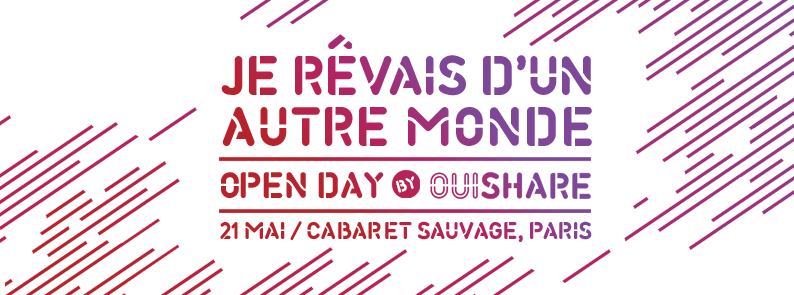
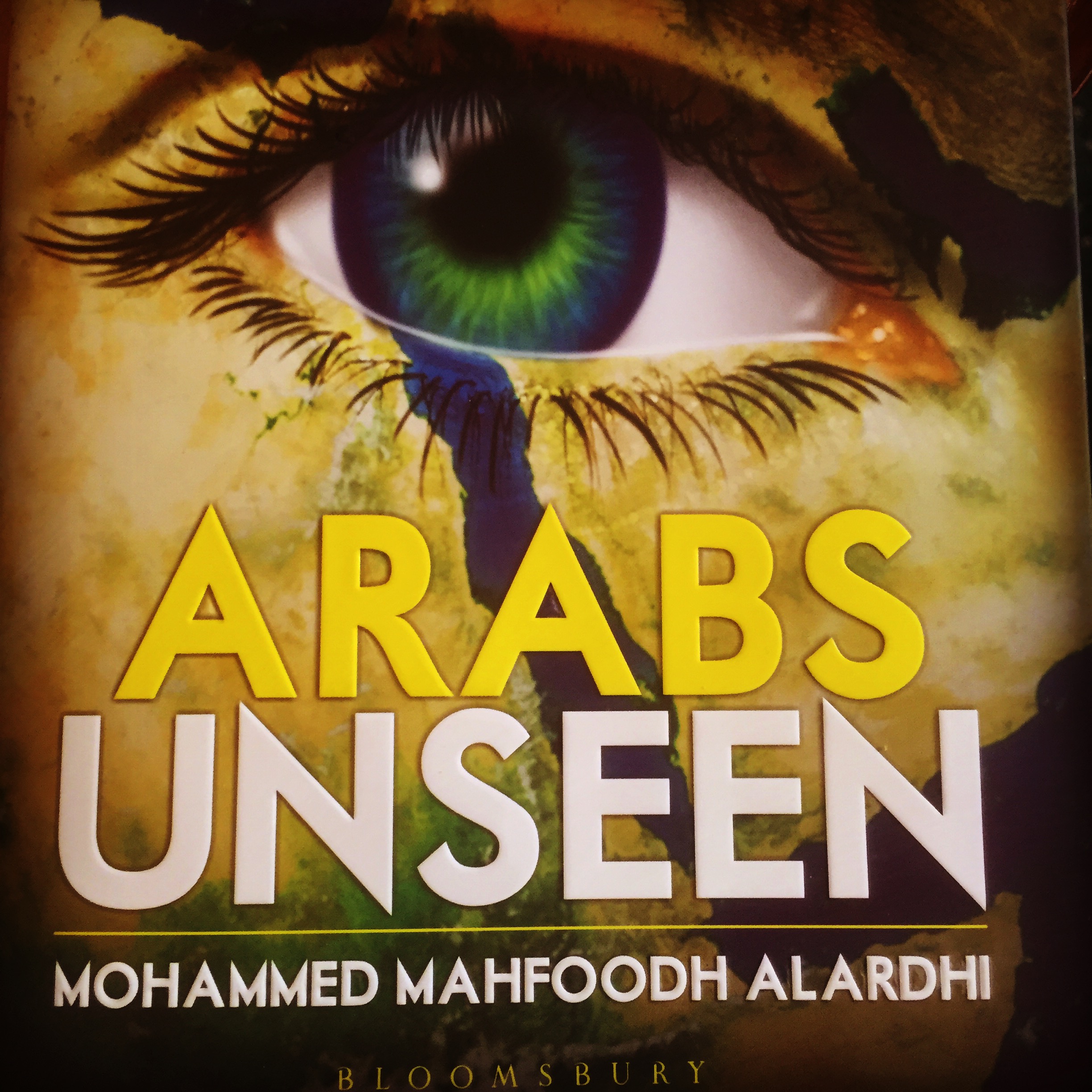
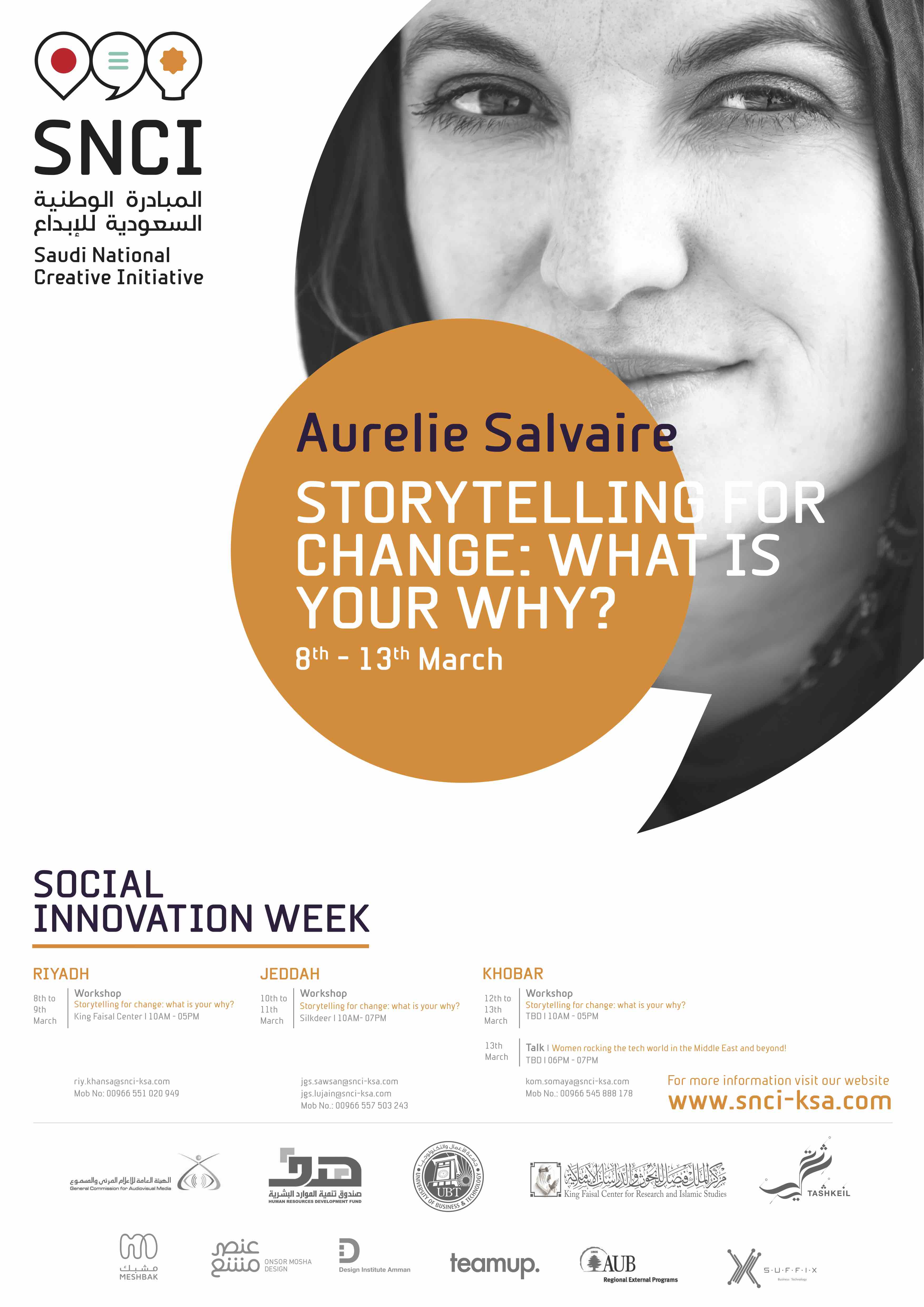
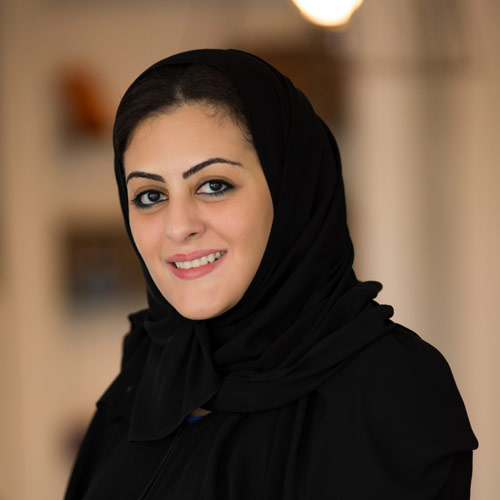
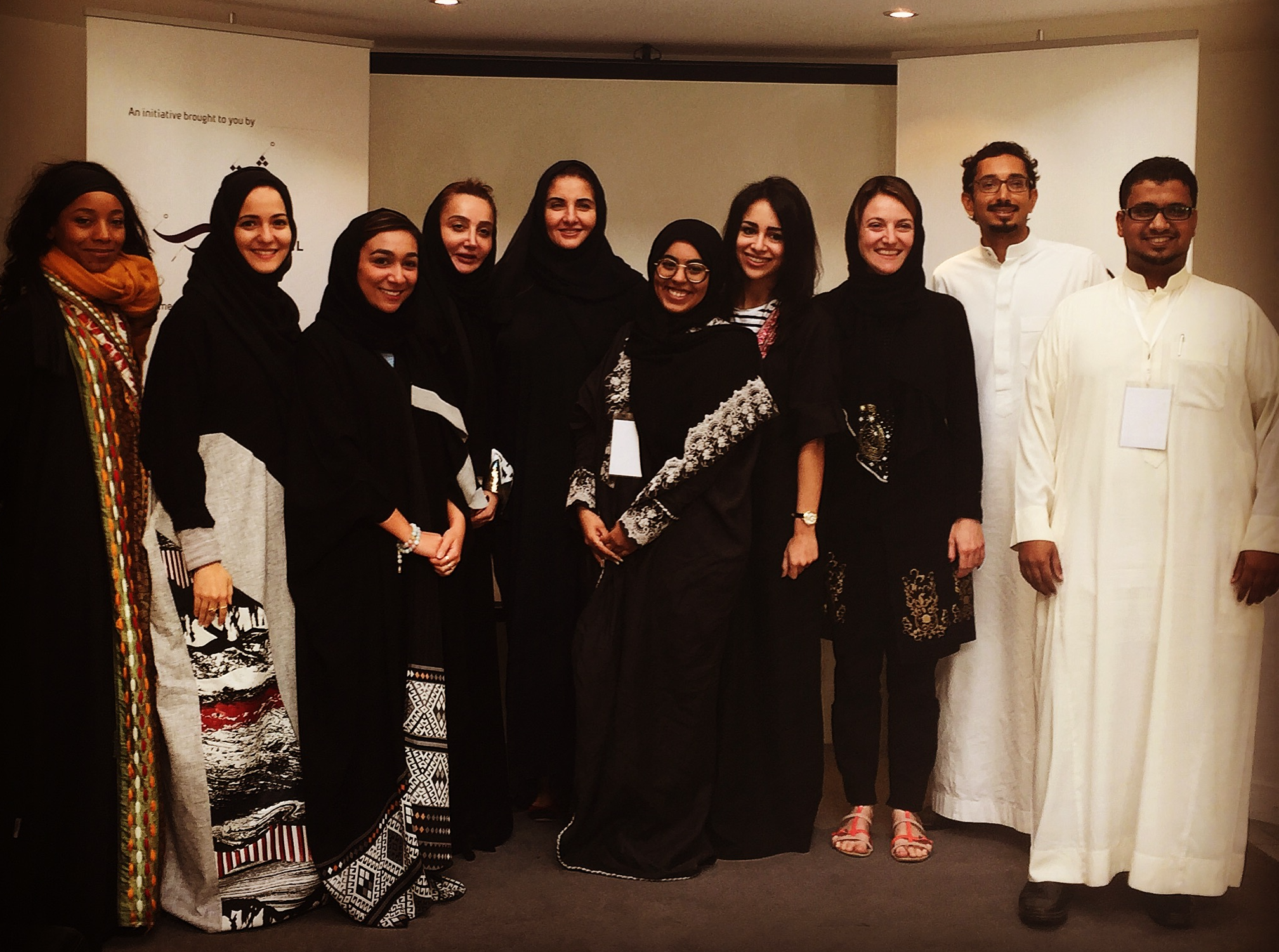
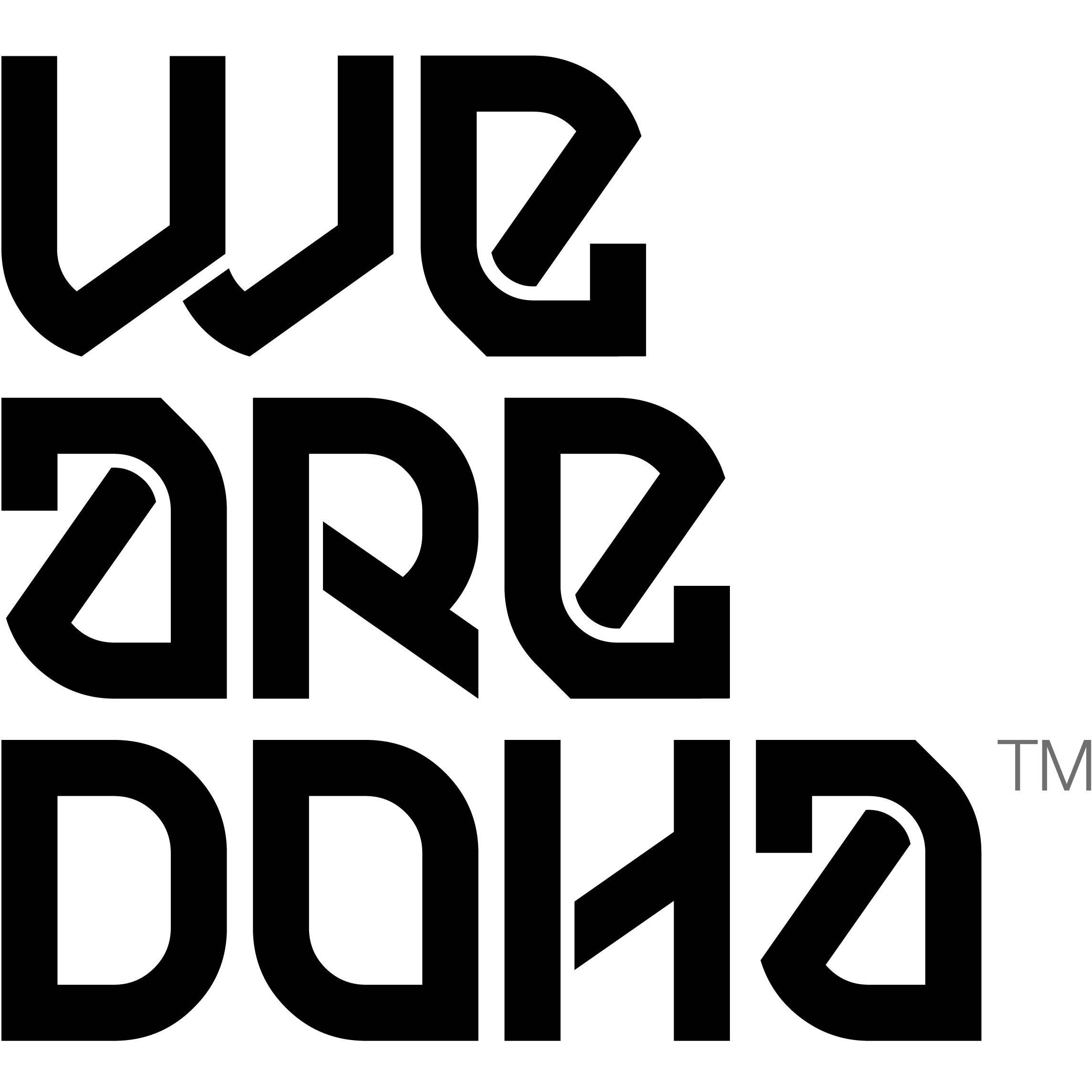 Qatar and its capital Doha, which invested massively into education through its
Qatar and its capital Doha, which invested massively into education through its 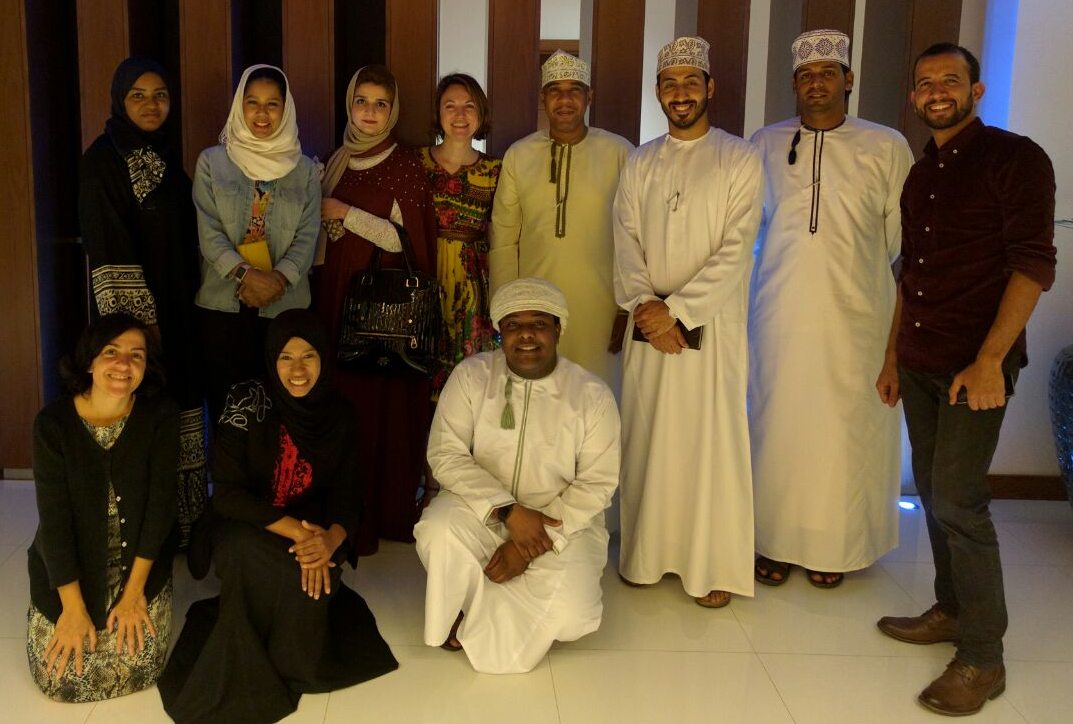
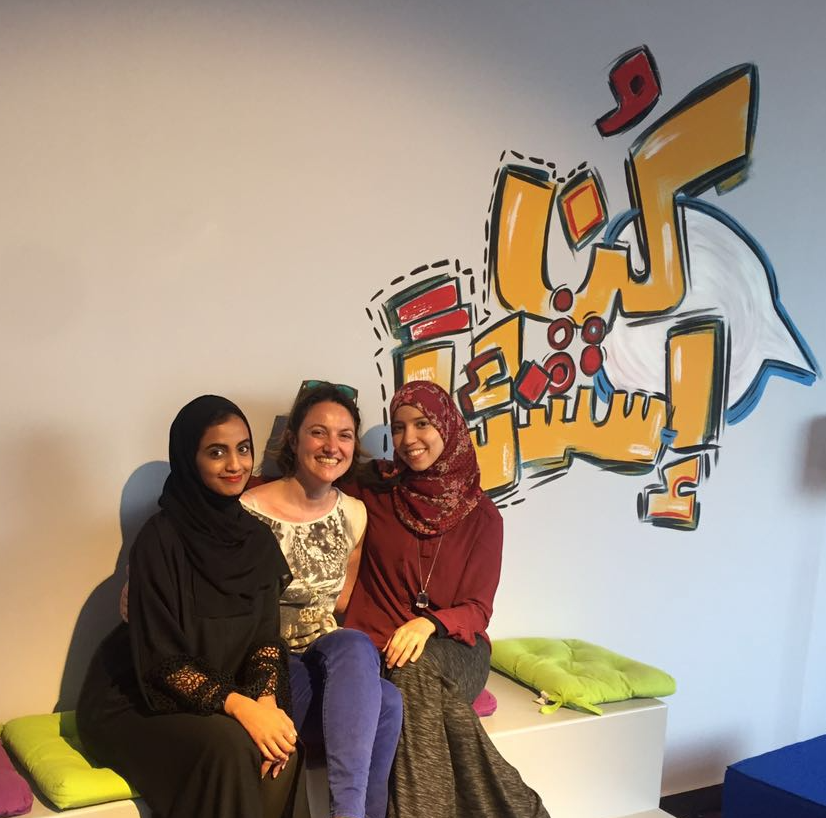 is beautiful country who even celebrates Omani Women’s Day on October 17th, I actually met amazing women:
is beautiful country who even celebrates Omani Women’s Day on October 17th, I actually met amazing women: